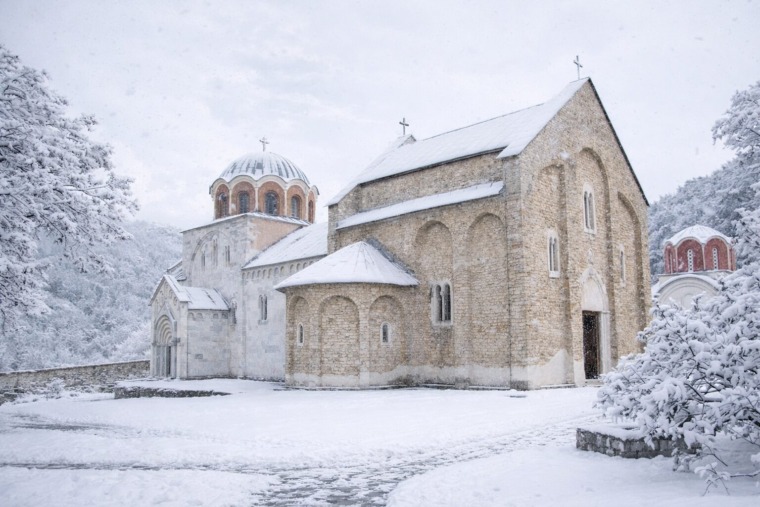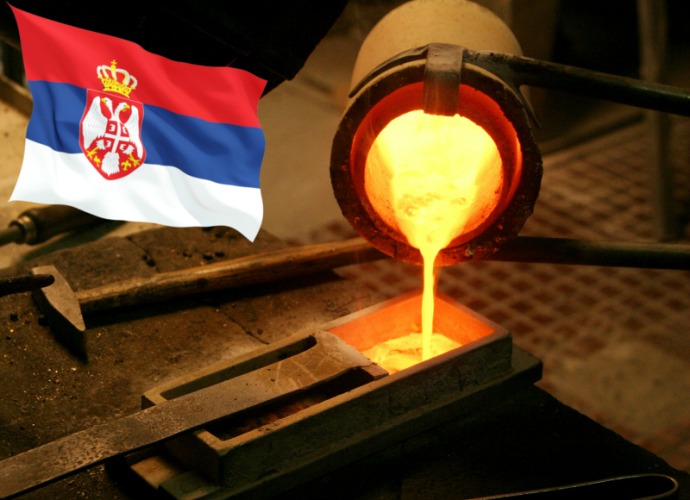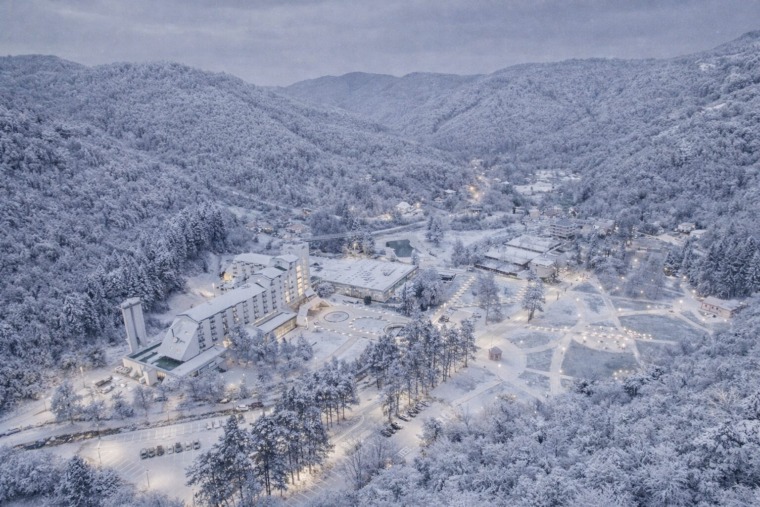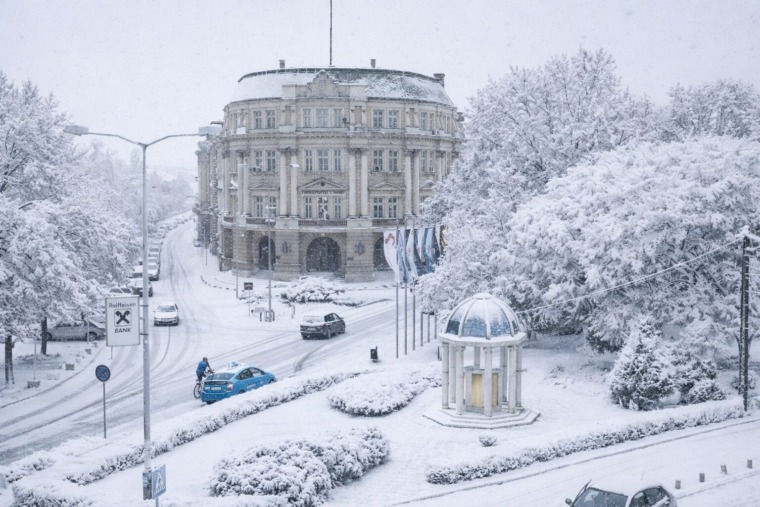

For the first time in history, the early man of Vinča culture melted metal over 5,000 years ago, on the territory of what is today Serbia. This thesis that shook the whole archaeological world was set by Serbian archeologist Miljana Radivojević
When we think of early men from the late Stone Age, we usually do not imagine they were able to find and process metal, and make metal tools, dishes, ornaments, jewelry…
However, prehistoric blacksmiths from this region knew the secret of transforming green copper ore into shiny metal copper.

It sounds incredible that people of Vinča found a way to conquer nature and transform a material into different form. Nonetheless, Miljana Radivojević came to this conclusion.
She boldly went to the London’s Institute of Archaeology where, together with professor Tilo Reren, she put 5 grams of slag found at Belovode near Petrovac na Mlavi and examined it under a microscope. This nugget, resulting from the production of metals in blast furnaces, was a reason enough for Miljana to believe that the Vinča civilization knew how to process metal.
It was particularly interesting since a prehistoric copper was found beneath this nugget. Till now the world archeology considered that metal was firstly processed only in the Middle East.
However, Radivojević’s thesis was accepted by four thousand of her colleagues at the scientific congress in Vancouver.
A constantly interesting idea
For the last two years Miljana’s article about this finding has been on the list of ten most popular articles on the “Science Direct” website.
The advanced Vinča culture is over 7,000 years old and the center of this civilization – the prehistoric metropolis was actually located where the archeological site Vinča lies.
It is considered that it was the center of civilization that lasted for over thousand years and it spread across Bosnia, Serbia, Romania, Bulgaria, Montenegro, Macedonia and Greece.

The center of metal processing of the Vinča culture was in Belovode near the town of Petrovac na Mlavi. The copper was transferred by the Danube to Black Sea, and to the South towards Pločnik near Prokuplje which was another large center of the Vinča culture.
Ancient blacksmiths melted metal at 200 degrees and then alternately heated and forged it until they achieved the desired shape. Scientists working on this matter consider that they had their workshops where they made tools.
Proving Miljana’s thesis represents a great challenge for archeology. That was the reason why scientists from several countries gathered around the project “Development of metallurgy in Eurasia” in order to explore these significant sites.
They will try to find new discoveries on how people in Vinča found ore, how metallurgy was organized, which were the “metal” routs and how a copper workshop functioned.
Archeologists believe that the powerful Vinča civilization disappeared as their citizens were destroyed by other nations when the copper and weapons made of it appeared.
“The Vinča civilization actually lasted for a thousand years and it disappeared in a time when copper was discovered. I would personally like to find the answer to that question, and I hope that this research will explain us how the Vinča culture died,” said Miljana Radivojević for Serbia.com.
For now we can’t be certain that the territory of Serbia is the cradle of world metallurgy, but the evidence do not exclude the possibility that metal was processed independently in several centers in the world.
Serbia has the oldest traces of metallurgy in the Western Eurasia and therefore it can certainly be considered the cradle of metallurgy in this part of the world.
Related Articles


From Fireworks to Family Dinners: New Year’s Eve Across Serbia
December 31, 2025
Kuršumlijska Banja: Serbia’s Quiet Winter Spa Escape
December 30, 2025
Novak Đokovic Receives Special Globe Soccer Award in Dubai
December 29, 2025





